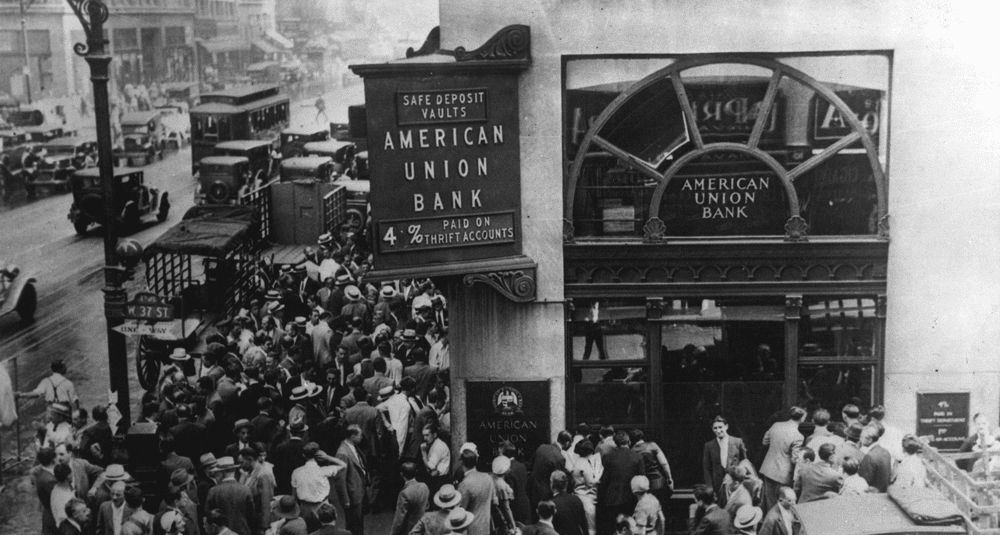In which American stock exchange did the crash of 1929 take place?
Last Updated:
What was the economic context prior to 1929?
In the 1920s, known as the Roaring Twenties, the American economy enjoyed exponential prosperity. The automotive industry is a striking example of this prosperity, with companies like Ford revolutionizing mass production. However, this growth concealed profound imbalances. Indeed, stock market speculation had become extremely popular, attracting investors from all walks of life, often with no in-depth knowledge of financial markets.
What were the warning signs of the 1929 stock market crash?
Despite apparent economic confidence, several indicators should have alarmed investors. The overvaluation of equities was obvious, as share prices had been inflated far beyond the real value of companies. At the same time, household debt was rising, with many people investing in the stock market with borrowed money. Yet these warning signs were largely ignored, leaving the market extremely vulnerable.
The stock market crash of 1929 took place at the heart of the American financial world, on the New York Stock Exchange, also known as Wall Street. It has come to symbolize the extremes of capitalism, representing both the prosperity and the risks inherent in financial markets.
What happened on Black Thursday?
October 24, 1929, now known as Black Thursday, marked the beginning of the stock market crash. On that day, share prices plummeted dramatically, causing panic among investors. The speed and scale of the fall were unprecedented, leaving market participants in a state of shock.
What were the immediate repercussions of the 1929 stock market crash?
In the days that followed, the situation worsened considerably. Efforts were made to stabilize the market, notably through the intervention of the major banks, which massively bought back shares in an attempt to stem the fall. However, these measures proved insufficient. Confidence in the market had been shaken and a general feeling of fear had set in, leading to the continuation of the downward spiral.
What were the consequences in the USA?
The stock market crash had devastating consequences in the United States, both economically and socially. Mass unemployment became a grim reality, with millions of Americans out of work. Faced with this situation, the government had to react. One of the most notable responses was Roosevelt's New Deal, a set of programs, reforms and regulations designed to turn around the economy and provide social support.How did the crisis spread around the world?
It didn't take long for the crisis to spread beyond America's borders. In Europe, countries already weakened by the repercussions of the First World War were hit hard by the economic crisis. This period was also marked by a rise in protectionism, as each nation sought to protect its own economic interests, which unfortunately contributed to exacerbating the global crisis.You may also be interested in
history

In which American stock exchange did the crash of 1929 take place?
Answer
The crash of 1929 was a stock market crisis that took place on the New York Stock Exchange between Thursday, October 24 and Tuesday, October 29, 1929. This event, the most famous in stock market history, marked the beginning of the Great Depression.